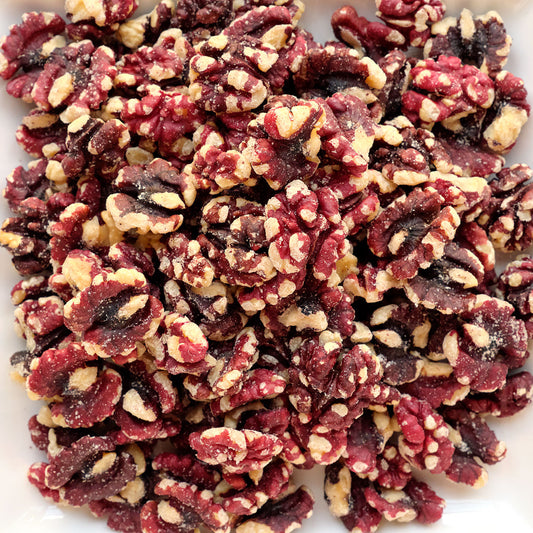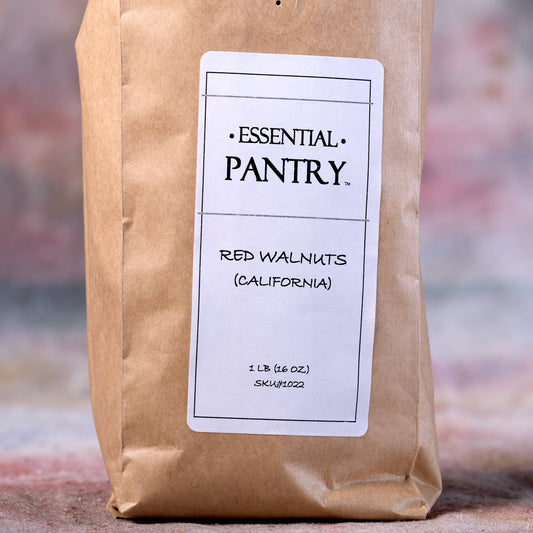Nuts and Almonds
about Nuts and Almonds: click here to read more
Nuts are commonly recognized as hard-shelled, nutrient-rich foods with an edible seed inside. They are valued for their healthy fats, rich flavors, and versatility in cooking, baking, and snacking. However, the word “nut” means different things depending on the context. In botanical terms, a true nut is a dry fruit that develops from a single ovary, contains one seed, and does not split open naturally when it matures. Examples of true nuts include acorns, chestnuts, and hazelnuts. These fit the strict scientific definition of a nut.
In contrast, the culinary definition of a nut is much broader. Many foods we commonly call “nuts” aren’t true nuts at all but are classified as such because they share similar textures, flavors, and uses in food.
For instance, almonds, cashews, pistachios, and macadamias are actually the seeds of drupes—fleshy fruits with a hard pit inside, like peaches. Peanuts are not nuts at all, but legumes, related to beans and lentils, and they grow underground. Brazil nuts are seeds found inside a large, woody capsule fruit, while pine nuts are the seeds of pine cones and come from gymnosperms, not flowering plants. Even the coconut, despite its name, is technically a fibrous drupe, not a true nut.
Despite these botanical differences, these foods are grouped as culinary nuts because of how they’re used. Browse our selection of the finest gourmet nuts and almonds below, whether you're cooking up a dish or grabbing a quick snack!
-
Valencia Almonds with Herbs
Regular price $25.95 USDRegular priceUnit price / per$0.00 USDSale price $25.95 USD -
Spanish Chocolate Covered Valencia Almonds
Regular price $31.95 USDRegular priceUnit price / per$0.00 USDSale price $31.95 USD -
Skin-on Marcona Almonds
Regular price $26.95 USDRegular priceUnit price / per$0.00 USDSale price $26.95 USD -
Marcona Almonds - Spain
Regular price $28.95 USDRegular priceUnit price / per$0.00 USDSale price $28.95 USD -
California Red Walnuts
Regular price $26.95 USDRegular priceUnit price / per$0.00 USDSale price $26.95 USD -
Fastachi Cranberry Nut Mix
Regular price $19.95 USDRegular priceUnit price / per$0.00 USDSale price $19.95 USD -
Candied Valencia Almonds
Regular price $21.95 USDRegular priceUnit price / per$0.00 USDSale price $21.95 USD -
Skin-On Marcona Almonds - 5 pound bucket
Regular price $99.95 USDRegular priceUnit price / per$0.00 USDSale price $99.95 USD -
Piemontese Toasted IGP Hazelnuts
Regular price $24.95 USDRegular priceUnit price / per$0.00 USDSale price $24.95 USD -

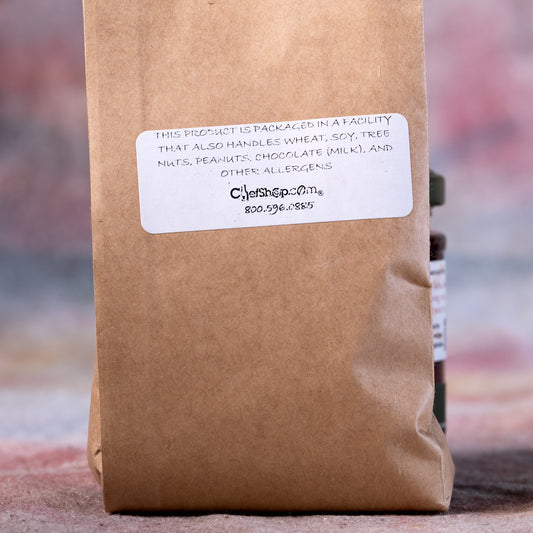 Restocking - choose Notify me
Restocking - choose Notify meOrganic Whole Roasted Hazelnuts - Oregon
Regular price $29.95 USDRegular priceUnit price / per$0.00 USDSale price $29.95 USDRestocking - choose Notify me -

 Restocking - choose Notify me
Restocking - choose Notify meShelled Bronte Pistachios from Sicily
Regular price $21.55 USDRegular priceUnit price / per$0.00 USDSale price $21.55 USDRestocking - choose Notify me -

 Restocking - choose Notify me
Restocking - choose Notify meTartuflanghe Anacardi Succo di Tartufo - Salted Truffle Cashews
Regular price $11.95 USDRegular priceUnit price / per -

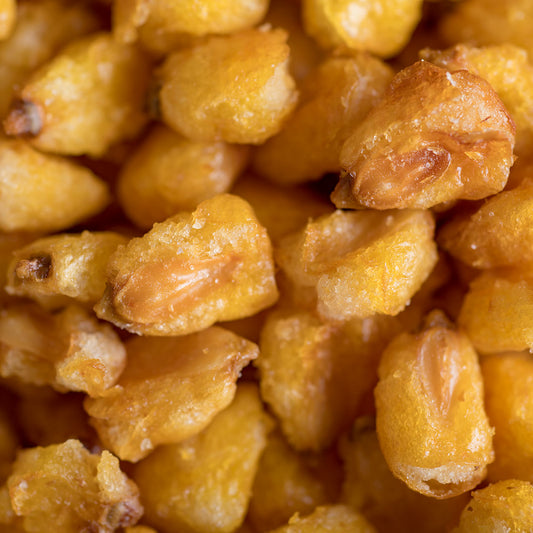 Restocking - choose Notify me
Restocking - choose Notify meToasted Corn - 5-pounds
Regular price $59.00 USDRegular priceUnit price / per$0.00 USDSale price $59.00 USDRestocking - choose Notify me -

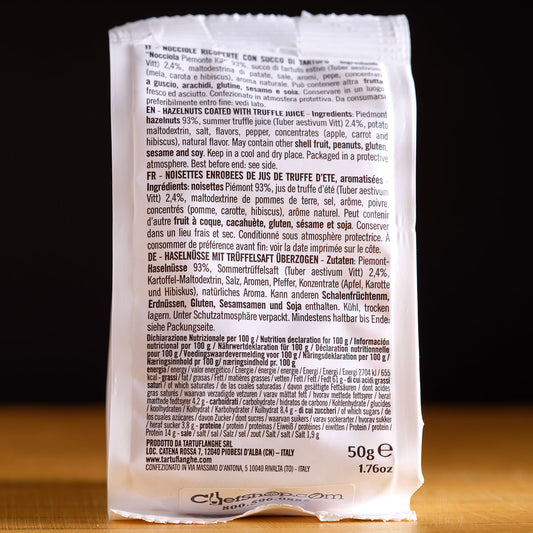 Restocking - choose Notify me
Restocking - choose Notify meTartuflanche Truffle Hazelnuts
Regular price $11.95 USDRegular priceUnit price / per$0.00 USDSale price $11.95 USDRestocking - choose Notify me -

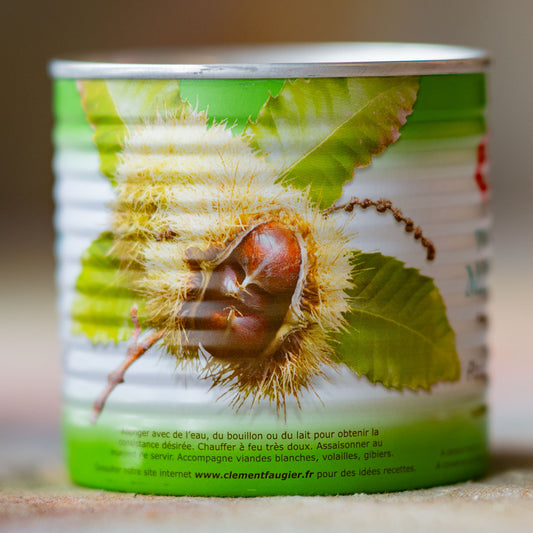 Restocking - choose Notify me
Restocking - choose Notify meClement Faugier Chestnut Puree
Regular price $9.95 USDRegular priceUnit price / per$0.00 USDSale price $9.95 USDRestocking - choose Notify me -

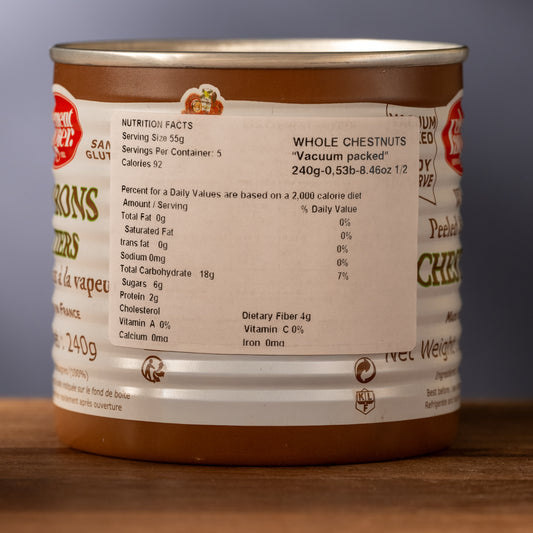 Restocking - choose Notify me
Restocking - choose Notify meClement Faugier Whole Peeled & Cooked Chestnuts
Regular price $16.95 USDRegular priceUnit price / per$0.00 USDSale price $16.95 USDRestocking - choose Notify me







